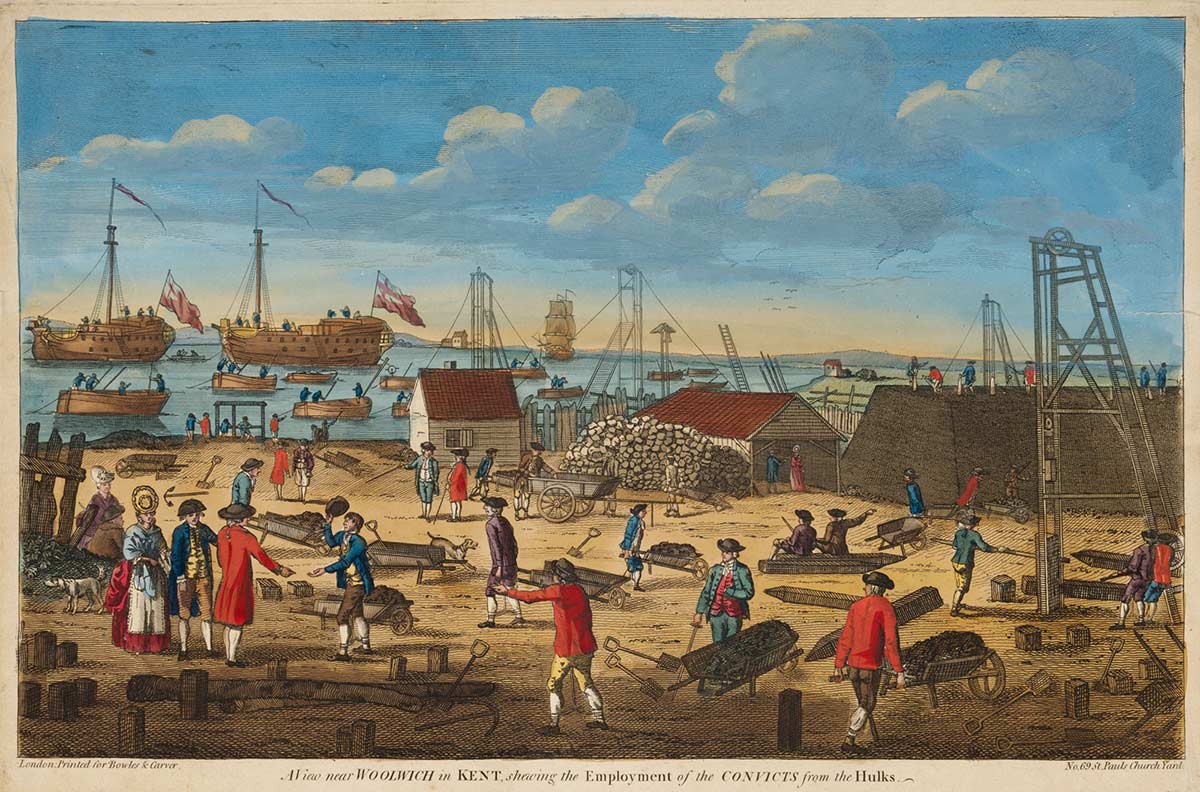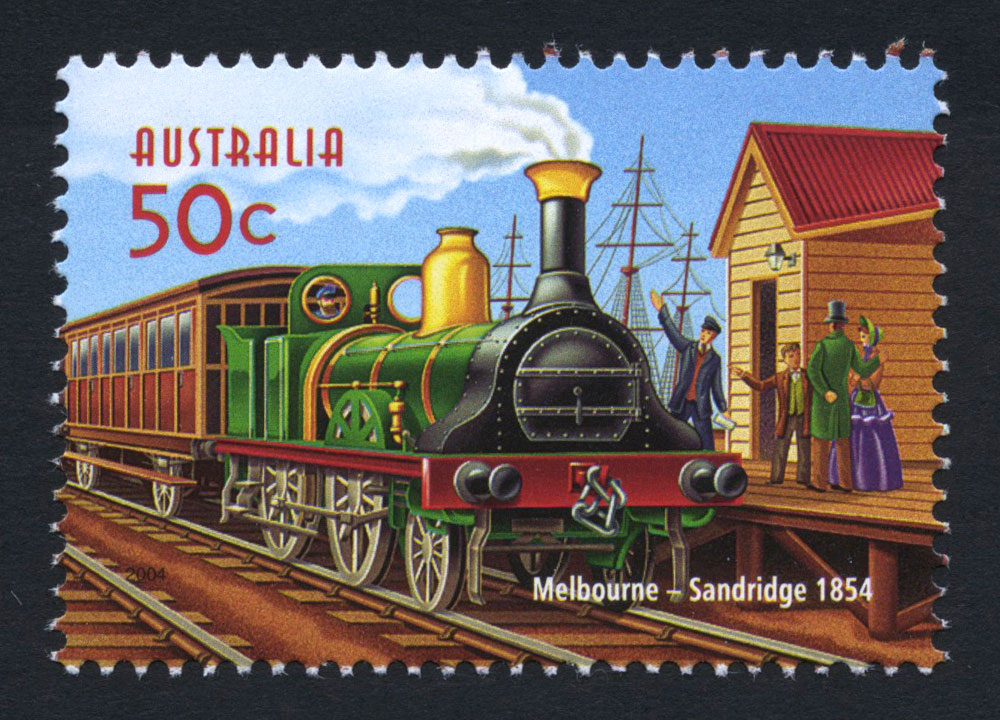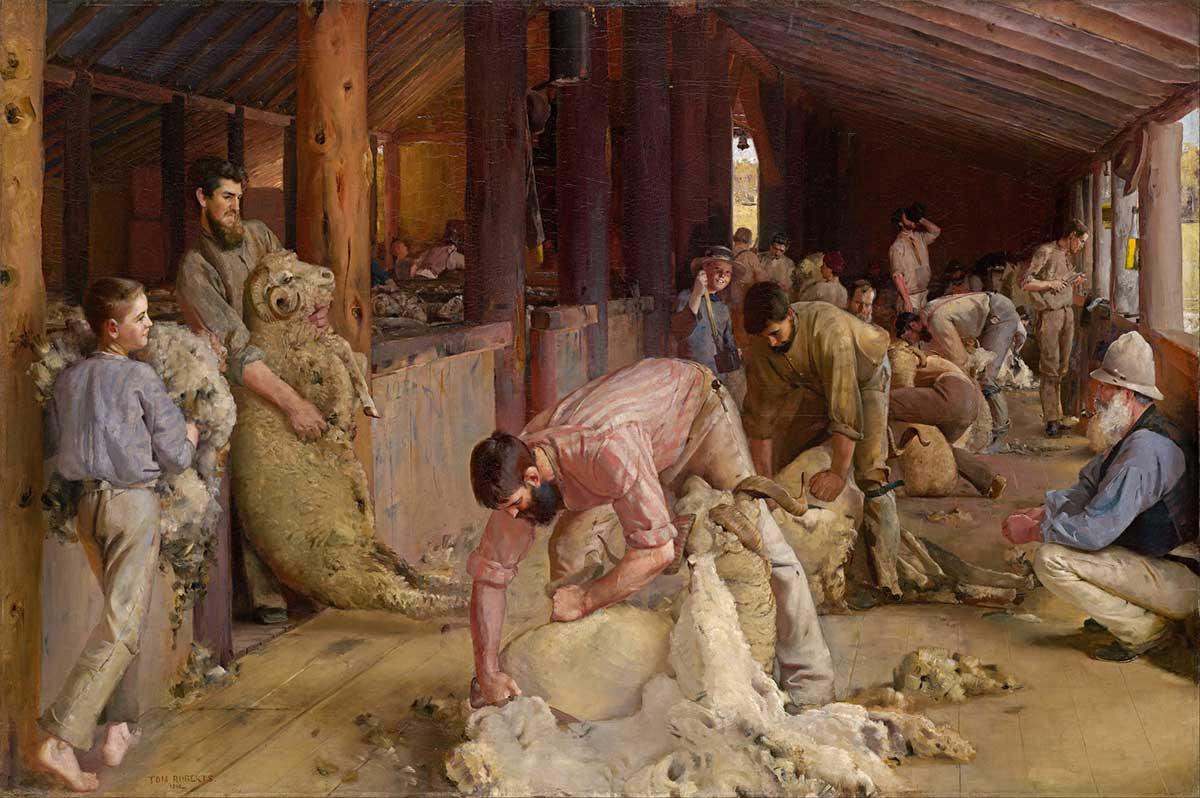Learning module:
Industrial Revolution Defining Moments, 1750–1914
Investigation 1: Introducing the Industrial Revolution (1750–1914)
1.4 Australia and steam engines
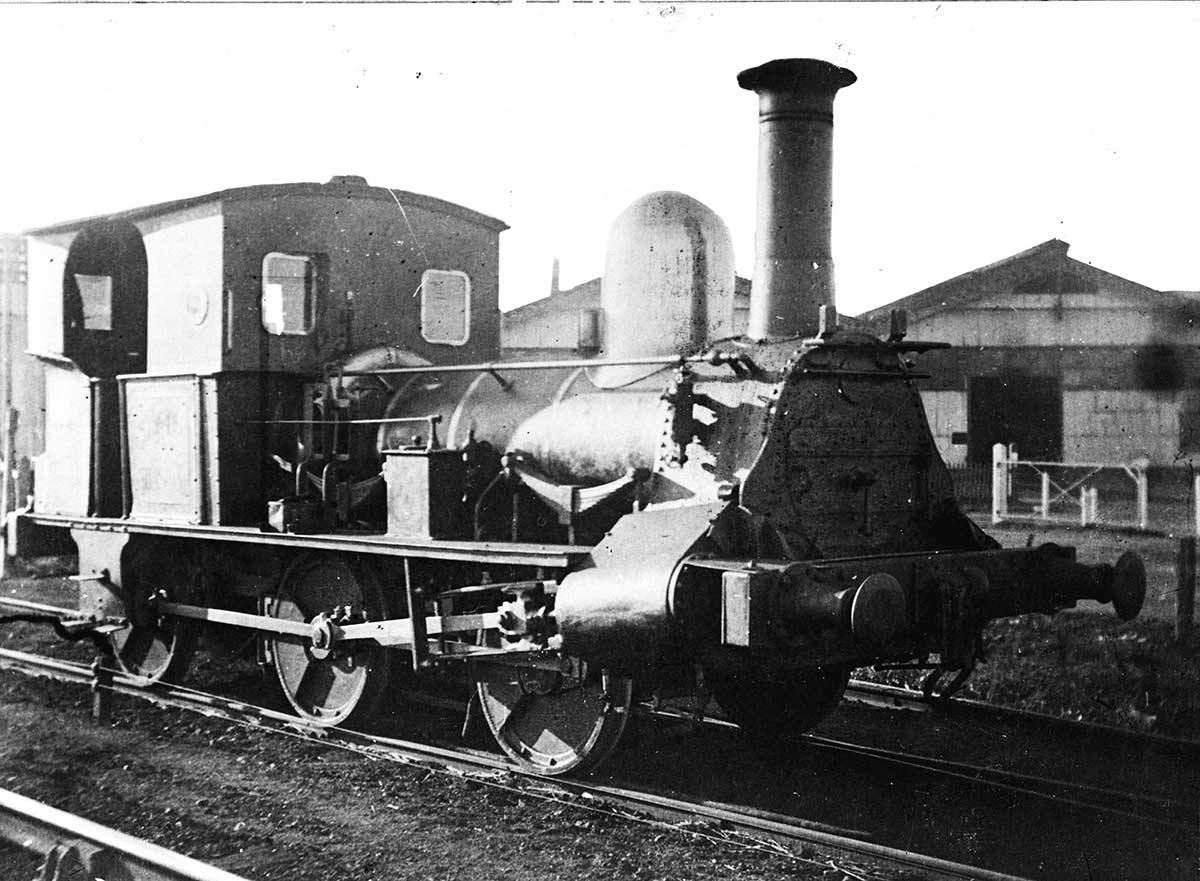
How can we see the impacts and influence of the Industrial Revolution in Australia through machines in Australia?
A major feature of the Industrial Revolution was the use of steam-powered machines to increase output while employing fewer people.
Here are two examples of the way steam engines were used in Australia, and their impacts or consequences.
| Case Study A: Railways | Case Study B: Irrigation |
Case Study A: Railways
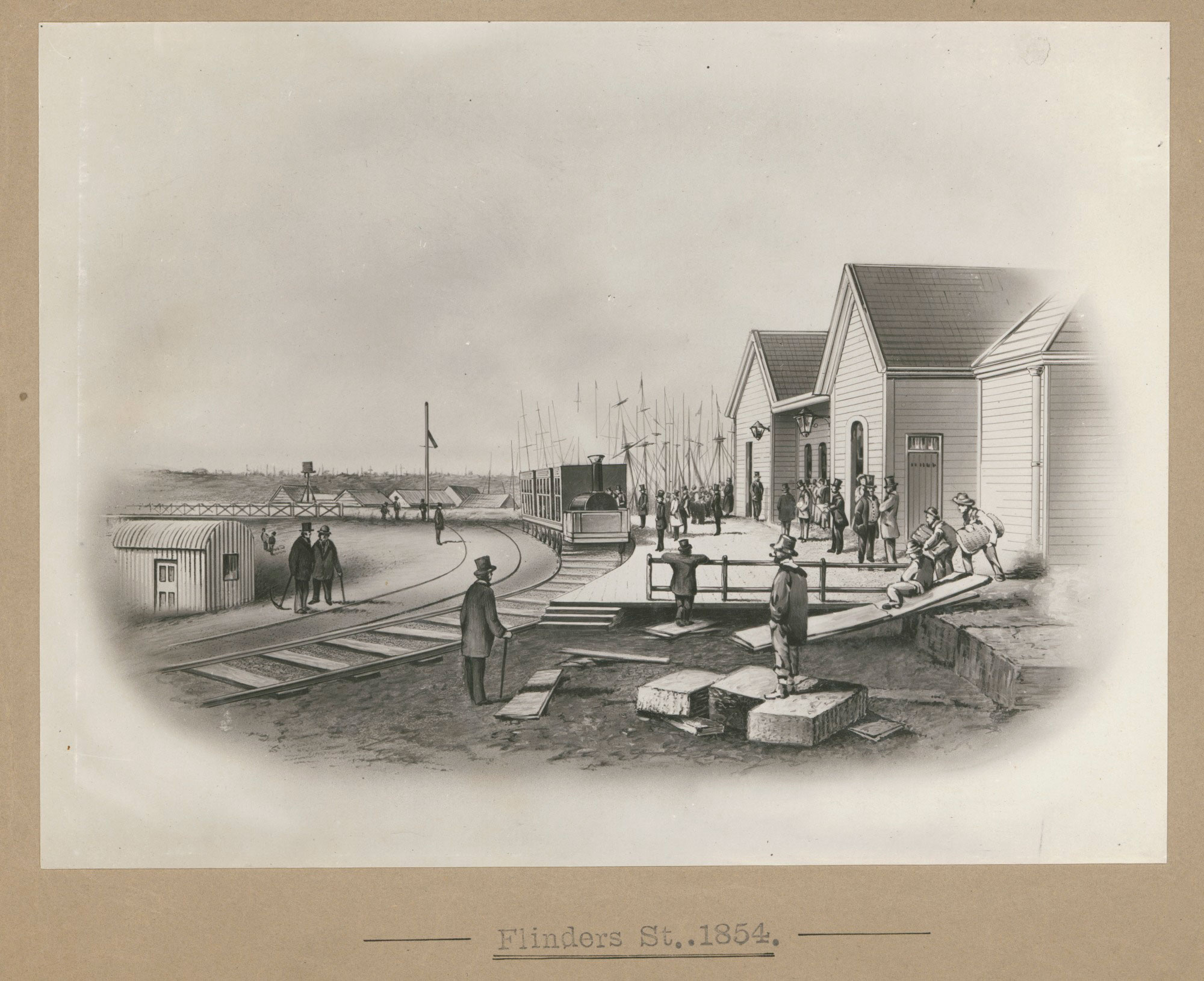
1. How long was the first railway line in Australia?
2. Which parts of Melbourne did it link?
3. What type of trains were used and what did they carry?
Look at the map below showing the railway system in and around Melbourne in 1884.

4. In which directions had rail spread from Melbourne by 1884?
5. How would this help the development of new suburbs and towns?
6. How would it help the development of existing and new farms?
Look at the images of the stamp and poster below.
7. What impression of rail travel do these images give? What kinds of traveller are they trying to attract?
Look at the map below showing the railway system across Australia in 1957.
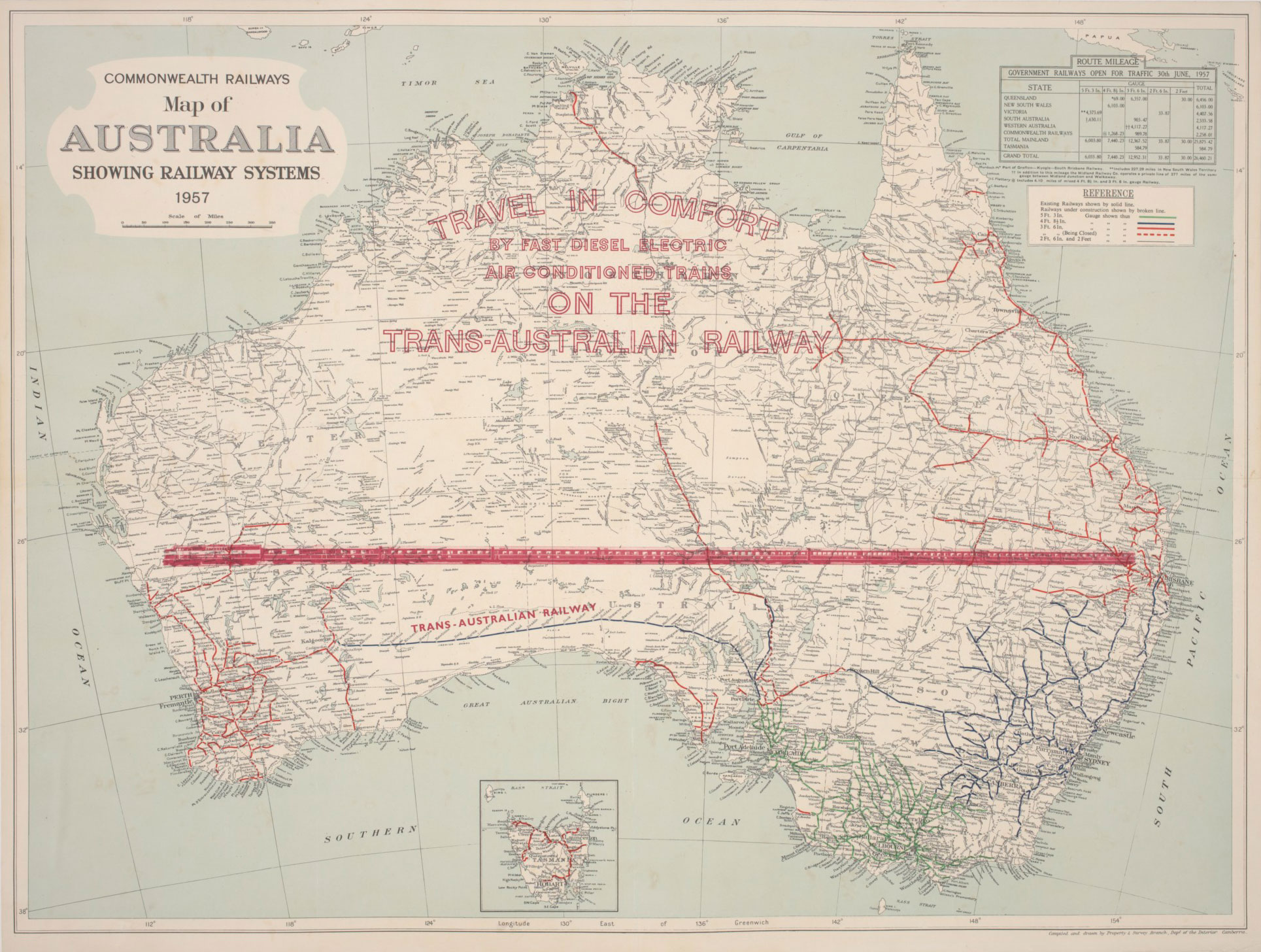
8. What can you tell about the development of railways in Australia between 1854 and 1957 from the map?
Read this summary of the ways in which the railway system positively impacted communities. Identify as many different positive impacts as you can by selecting key words and phrases from the text.
|
It’s hard to appreciate now just how important the coming of the railways were to communities. Though the major role of railways was the transport of goods, they also linked towns with the world outside and virtually guaranteed their prosperity and growth. They began fifty years before the first cars arrived and transformed people’s lives. For the first time people could easily visit family and friends in other towns, and go to the city or beach for a holiday. It also meant manufactured goods, like fuel stoves for homes or agricultural implements for farms, could be purchased much more cheaply and quickly.
The railways also brought mail, books, and up-to-date newspapers, with the latest news, while goods from the town or produce from the farm could be railed to the city or a port. Perhaps the most interesting side effect was that they brought time to the country before clocks, watches and radios were in common use. This was because trains had to run to timetables whereas people could usually rely on the sun.
Margaret Simpson, Australia and the Industrial Revolution — Impact of the first railways, Museum of Applied Arts and Sciences website |
9. Categorise the positive impacts of railways by pasting or writing your selected key words and phrases from the text into the table below. One example has been done to help you.
| Economic | Social | Population | Environmental | Cultural/way of life |
|---|---|---|---|---|
10. What impacts did the development of the steam engine during the Industrial Revolution have on Australia?
Case Study B: Irrigation
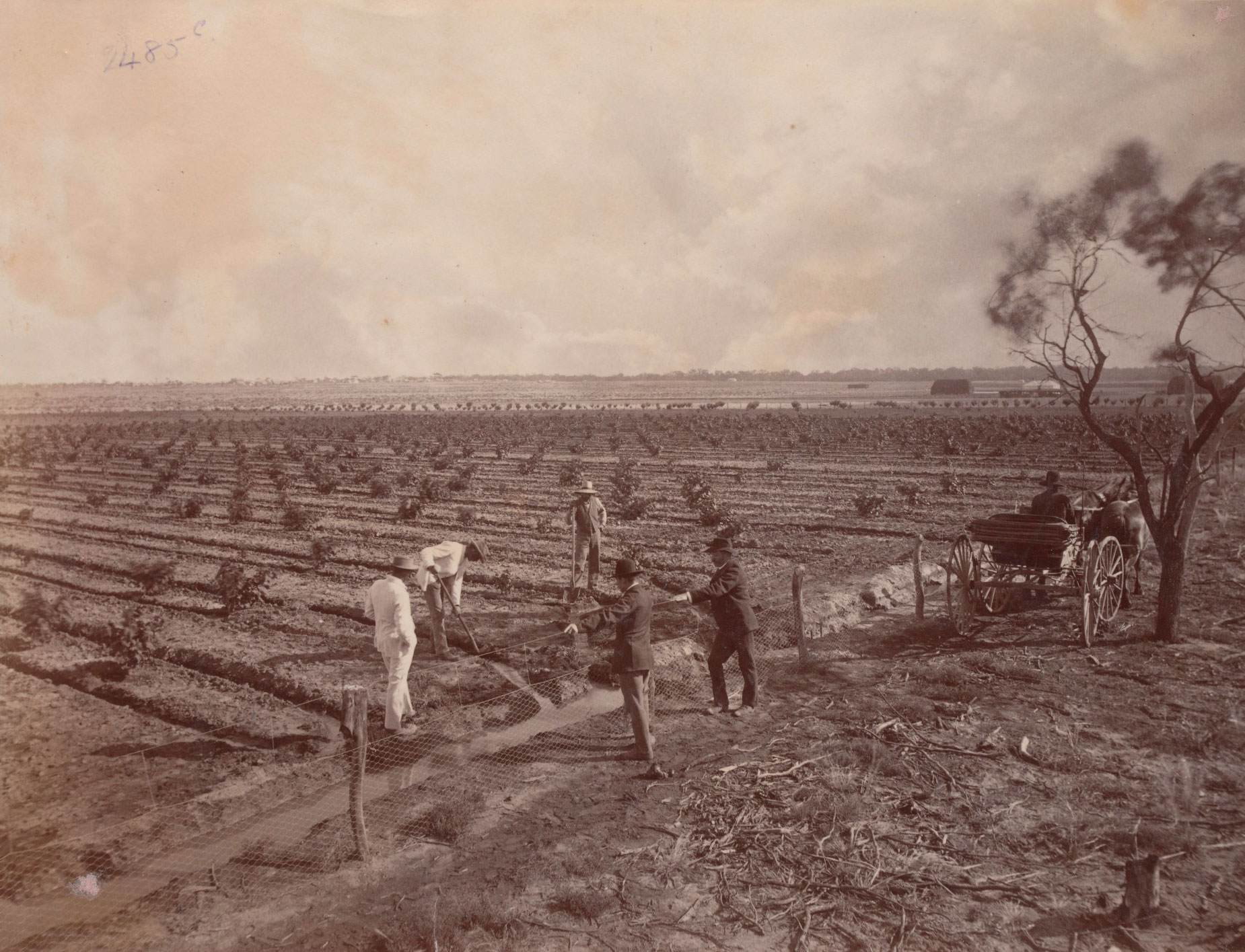
Another example of the impact of new steam-driven machines was that new areas were opened to irrigation.
11. Why was the Victorian Government interested in irrigation?
12. What experience did the Chaffy brothers have in irrigation projects?
13. Explain how the irrigation process moved water from a river onto a paddock.
14. Why was the Sunraysia district of Mildura and Renmark suitable for irrigation?
15. What would you see as the main impacts of this development? Write key words in this table.
| Economic development | Social change | Population change | Environmental change | Food production |
|---|---|---|---|---|
16. What impacts did the development of the steam engine and irrigation during the Industrial Revolution have on Australia?







